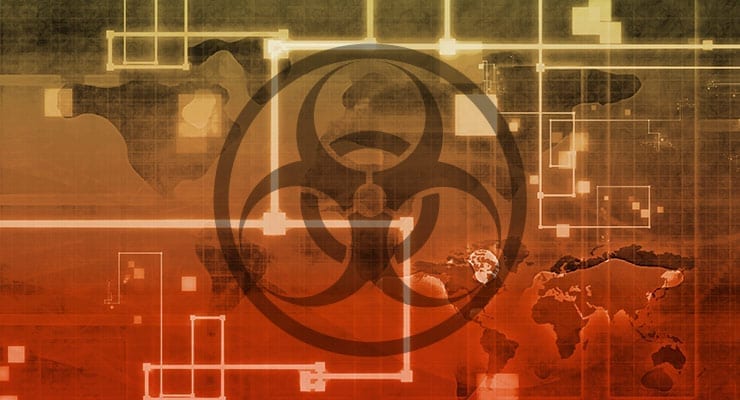There is an unmet need for greater investment in preparedness against major epidemics and pandemics.
The worldwide spread of a serious infectious disease could result in pandemic-related deaths of 700,000 and annual economic losses of $500 billion, according to a study in the Bulletin of the World Health Organization.
Victoria Fan, an assistant professor in the Office of Public Health Studies in the Myron B. Thompson School of Social Work at the University of Hawaii at Manoa, is lead author of “Pandemic risk: How large are the expected losses,” which applied a theoretical model to calculate the expected number of deaths and economic losses in rare pandemic scenarios.
The projection of total pandemic-related costs of $500 billion in U.S. dollars, or 0.6 percent of global income, falls within the Intergovernmental Panel on Climate Change’s estimates of the costs of global warming. This implies that the losses from pandemic risk would be similar in magnitude to those of climate change.
The study was based on Fan’s work using impact and economic evaluations. The dollar figure of economic losses is much higher than those found in previous studies, which, according to the study, means “there is an unmet need for greater investment in preparedness against major epidemics and pandemics.”
The model may also be applied to other outbreaks, such as malaria, or catastrophic events, including nuclear attack. “Policymakers may be able to estimate the economic losses that come with rare but potentially devastating events,” said Fan. “We hope this can lead to more appropriate adjustments for national policies and investments, and international collaborations on pandemic preparedness.”
Article courtesy of the University of Hawaii at Manoa and the World Health Organization. Adapted by Global Biodefense.



